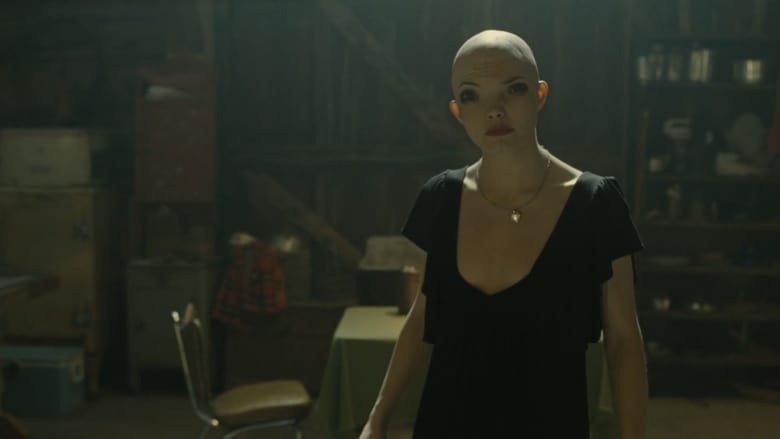
Audiences can sense the work both parties have put into repairing their relationship, and it’s touching to see the actor’s inner child come out when dealing with the old man. In the doc, Downey does takes responsibility for exposing his son to cocaine at such a young age.
#Splice 2 full movie watch online movie#
has been very open about the destructive effects of being raised in such an environment, but there’s no question that a good segment of the audience will watch “Sr.” largely because they’re looking for insight into the movie star’s demons. During this period, the drug use got out of control, to the extent that his son picked up the habit. Then the whole family moved from New York to Los Angeles, and things got complicated: Downey was a bad fit for studio projects, like R-rated military-kids prank “Up the Academy,” for which the director wanted a much younger cast (conceived as an “Animal House”-style knockoff, the film’s affiliation with Mad Magazine is never mentioned). (Conspicuously missing from the exercise is older sister Allyson, whom Downey also enlisted in his rowdy feature work.) “When I saw cameras, I perceived it as time with my dad,” says the younger Robert, who poignantly remembers mom, comedic actor Elsie Ann, also. The creative energy of making underground movies had always been present in Junior’s life (he remembers falling asleep in one room while his parents edited in the next), and acting became a means of doing things together. The director gave his 5-year-old son Robert a role in the next one, “Pound,” and the kid was hooked. The film was successful enough for Downey to make another movie - which, we learn, was pretty much all he was asking from life.

The world isn’t ready for his ideas (the character’s, that is), but in a way, the public was itching for such an outrageously confrontational comedy.

ad agency, where the head of the company dies and the lone Black member of the board is voted in as his successor. “Putney Swope” (1969) was Downey’s big hit, daring as it did to take on subjects the Hollywood studios wouldn’t dare. (Talk show appearances and well-chosen excerpts from later films supply splashes of color, as does material from admirer/pal Paul Thomas Anderson’s personal archive.)ĭowney was a major figure in a minor scene, working with actors like Lawrence Wolf and Taylor Mead on irreverent bad-taste comedies that inevitably influenced the mainstream, as fringe work so often does. Most of Downey’s early work was shot in black-and-white 16mm, and the doc’s largely grayscale aesthetic is supposed to match: Clips from oedipal oddity “Chafed Elbows” (1966) have a distinctly raw feel, a couple degrees removed from Andy Warhol experiments and early John Waters movies. It doesn’t look like much at first - water balloon fights at Junior’s Hamptons home and shaky visits to the duck pond outside Downey’s retirement facility - but the point isn’t to make the next “Terms of Endearment.” The project is both a bonding exercise and a coping mechanism, and the goal is to channel as much of the energy of dad’s renegade film career as possible, which explains why all the digital home-movie-grade footage has been stripped of its color.


 0 kommentar(er)
0 kommentar(er)
